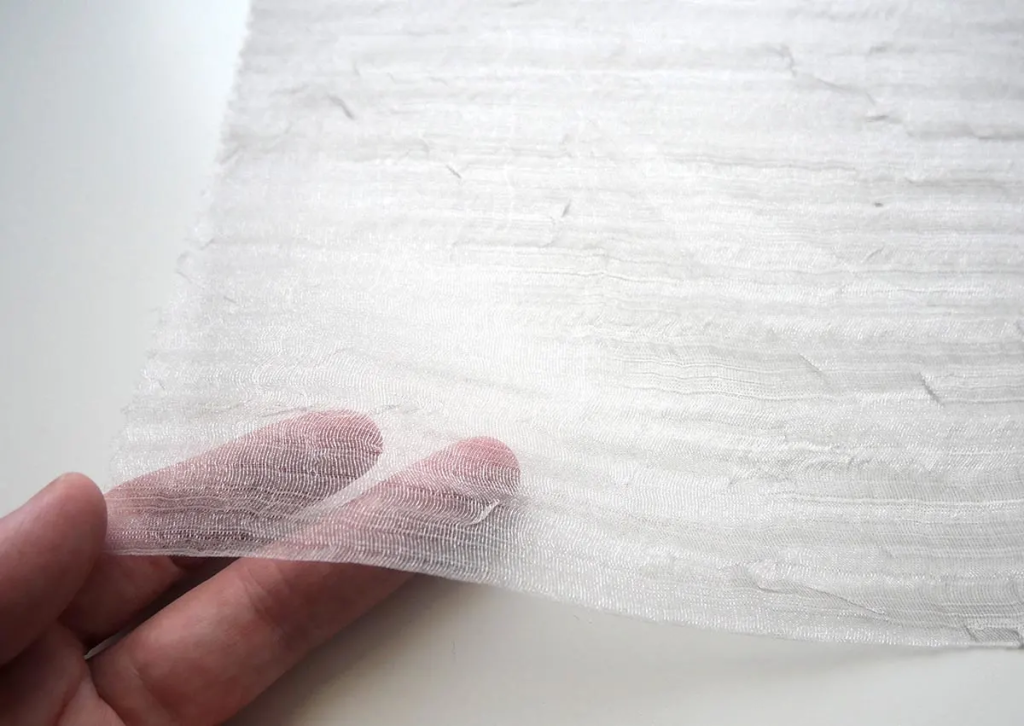Interfacing cloth is an important however frequently overlooked part on earth of sewing and clothing construction. It serves as an essential backing, providing structure and support to textiles, particularly those that may possibly lack the required fat or stiffness for unique projects. Whether you’re creating a designed blazer, a fine blouse, or perhaps a quilted masterpiece, interfacing plays a critical position in elevating the overall quality and durability of the finished piece.
One of the primary functions of interfacing is to avoid textiles from extending or distorting through the stitching process. This is very essential whenever using lightweight or delicate products, ensuring that the final garment keeps its intended shape. Interfacing could be applied to various parts such as for example collars, cuffs, and plackets, reinforcing these areas for included stability.
Interfacing will come in various types, including fusible and sew-in varieties. Fusible interfacing is used by pressing, making a relationship between the interfacing and the material when heat is applied. Sew-in interfacing, on another hand, is stitched into the garment. The decision between both depends upon the challenge needs, material type, and personal preference. Each kind of interfacing has their advantages, giving freedom in software on the basis of the desired outcome.
When selecting interfacing, factors such as for instance fat, fibre content, and the supposed utilization of the garment come into play. For lightweight materials, a light interfacing is preferred in order to avoid adding pointless volume, while heavier materials may possibly require a sturdier interfacing to provide sufficient support. Furthermore, interfacing is found in a variety of fiber compositions, including cotton, cotton, and blends, allowing for compatibility with a wide range of fabrics.
Interfacing runs beyond the realm of attire, locating applications in quilting and home design projects. In quilting, interfacing may be used to support fabric for intricate patterns or to include dimension to particular elements. When integrated in to home decor stuff like drapes or pillowcases, interfacing plays a part in the durability and skilled finish of the last product.
Understanding the subtleties of interfacing software is vital for achieving qualified effects in sewing projects. The method requires cautious chopping and position to ensure the interfacing gives help in which it’s required without having to be visible from the outside. Correct request benefits in a dress that not merely seems refined but additionally maintains their shape and structure around time.
Interfacing is a functional tool that enables for creative appearance in clothing construction. Beyond their realistic functions, it could be strategically used to test out finishes, add decorative things, or build distinctive style features. The invisible character of interfacing belies their significant effect on the overall artistic and longevity of the completed item, rendering it a Interfacing Fabric -the-scenes hero in the artwork of sewing.

To conclude, interfacing fabric is a quiet hero in the world of sewing, offering essential support and design to garments and projects. Its role in stabilizing textiles, avoiding distortion, and improving overall quality can’t be overstated. Whether you’re a professional seamstress or a newcomer, understanding the varied applications and types of interfacing opens up a full world of opportunities for elevating your sewing projects to new heights.
